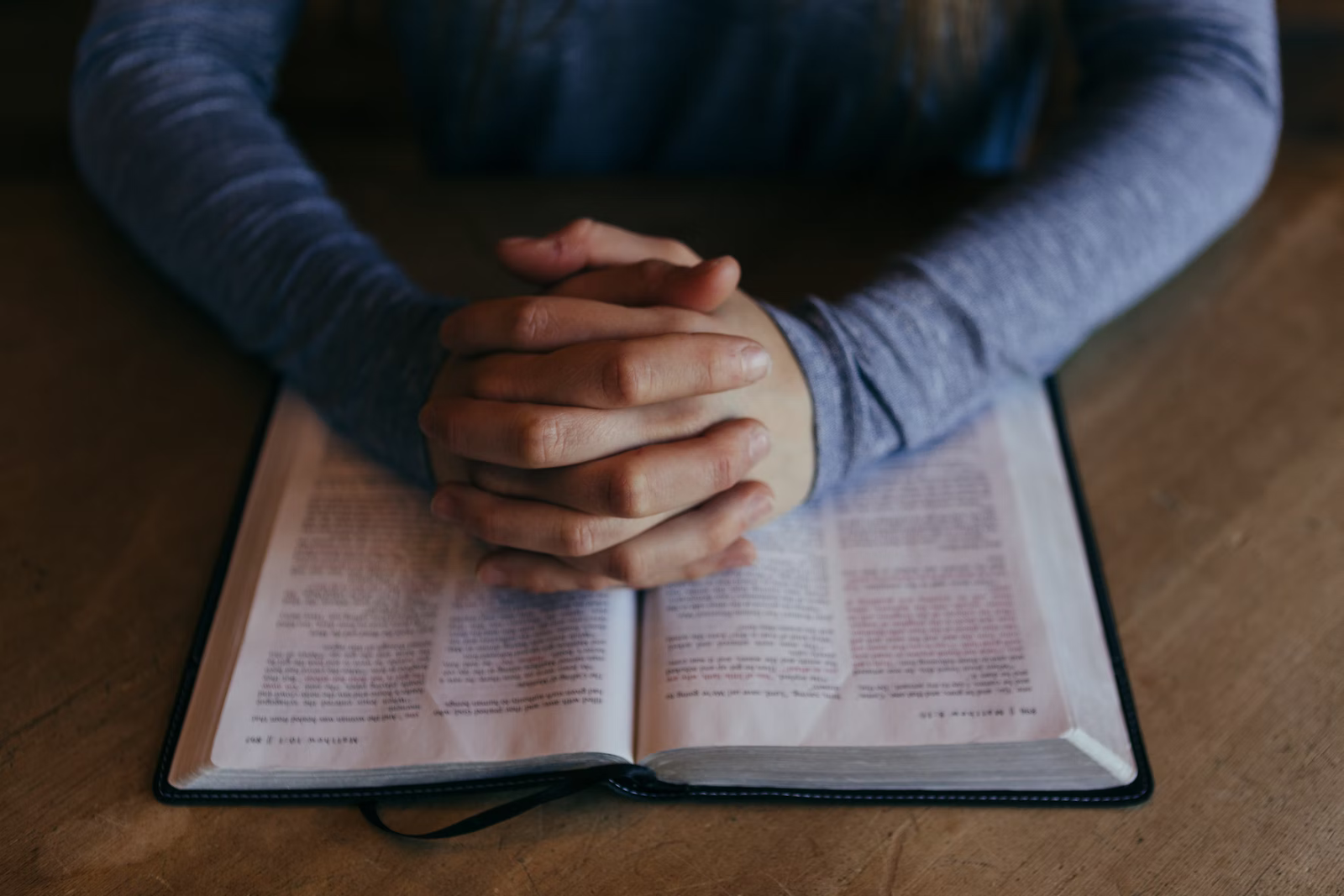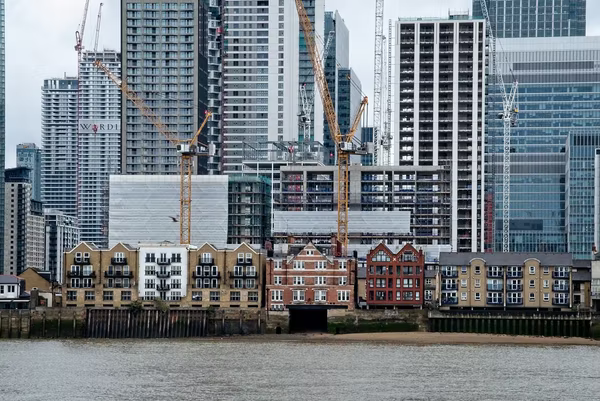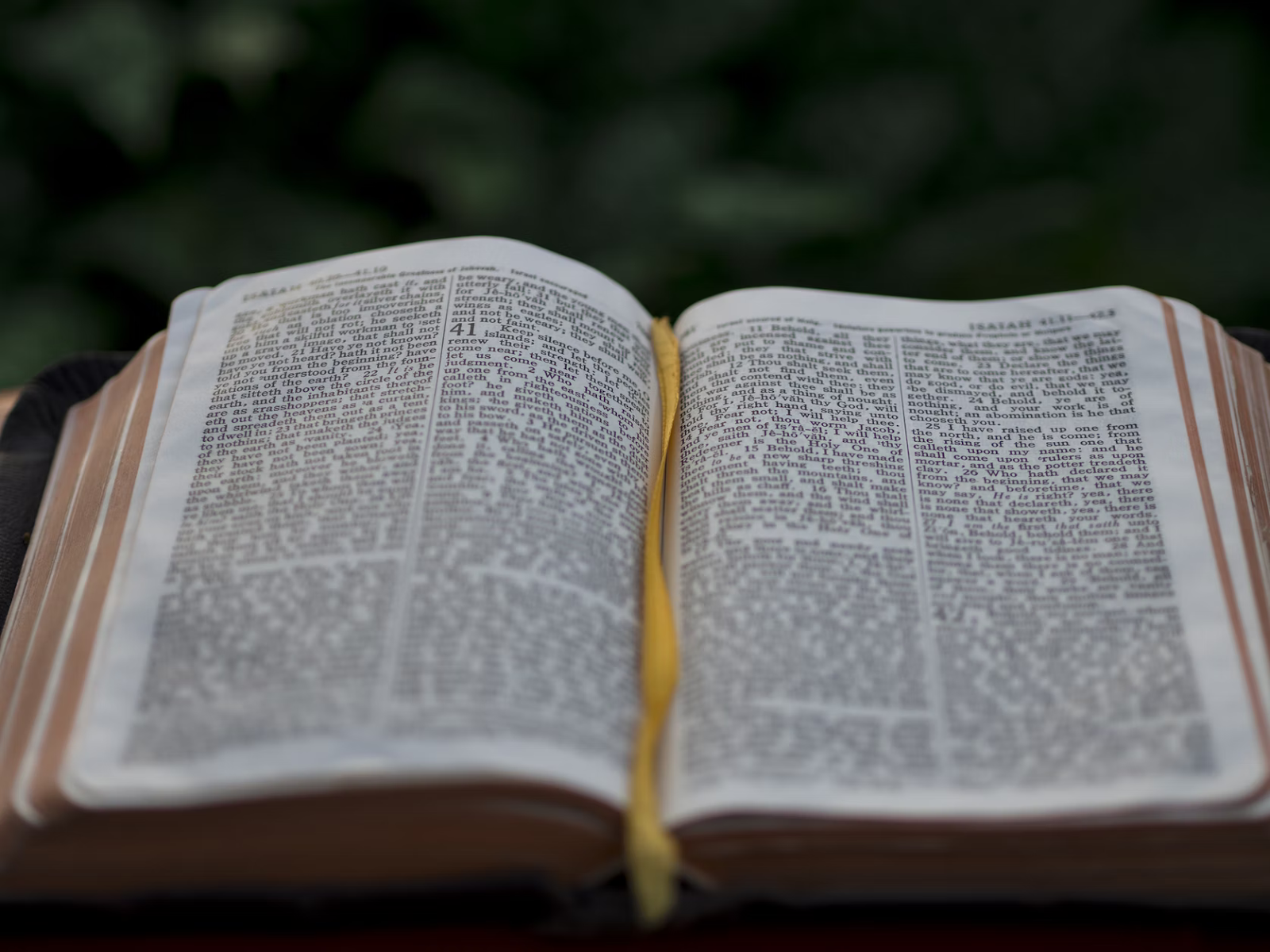-
Kevin
-
 December 20, 2023
December 20, 2023
-
 Common Questions
Common Questions
Have you ever heard of the USSR? This acronym holds great significance in history books as well as in the minds of the older generations.
But what does this intimidating acronym mean? What is the history of the USSR, and what is its significance?
By the end of this beginner’s guide, you’ll have a good understanding of the USSR, what it means, its history, and how to use this word in conversation and writing.
What Is the Definition of the USSR?
USSR is an acronym that stands for “The Union of Soviet Socialist Republics.” It was a union of countries throughout Eurasia that existed for the majority of the 20th century, and it was unified under the ideas of communism and one leader.
To help better understand what the USSR was, let’s break down the definitions of some of the keywords in the acronym.
Union
- A group of united individuals or entities
In this particular case, the union refers to the group of countries that unified under socialist and communist ideas and the Russian Empire of the 20th century.
Soviet
- A form of government characterized by elected councils at the local, district, and national levels
- An elected local, district, or national council
- A person who was a citizen of the Soviet Union
In the context of the acronym USSR, the word soviet refers to the hierarchical structure of elected bodies that would govern the people.
Socialist
- Describing an economic system where the means of production are owned by the public, not private individuals
In this case, socialist is an adjective being used to describe the economic system that the USSR operated on.
Republic
- A form of government where the power is held by elected officials and by the citizens of that state
This refers to the fact that the leaders were elected by the people.
So, altogether, the USSR was a group of countries under the Russian Empire that were governed by elected councils and representatives, and their economies used socialism or communism as a system.
What is the History of the USSR?
The history of the USSR starts 1917, when the Russian Revolution began. In this Russian Civil War, the Russian Czar Nicholas II was overthrown by a group known as the Bolsheviks. The Bolsheviks won the war in 1920, and in 1921, the USSR was founded.
The USSR contained all of the countries that were under the previous regime of the Russian Empire. Eventually, the USSR grew to contain 15 countries: Armenia, Azerbaijan, Belarus, Estonia, Georgia, Kazakhstan, Kyrgyzstan, Latvia, Lithuania, Moldova, Russia, Tajikistan, Turkmenistan, Ukraine, and Uzbekistan.
Vladimir Lenin was the leader of the Bolsheviks and became the leader of the USSR in 1921. He was also the founder of the Russian Communist Party and Politburo. In the beginning, the Bolsheviks’ rule over the Russian nations was unstable, so they were ruthless in oppressing political enemies and eventually declared the rule of the Communist Party.
Joseph Stalin
Lenin suffered a stroke in 1922 and was never the same. He was viewed as weak after this and was slowly pushed from power by the communist party. The person who took his place was the general secretary of the communist party: Joseph Stalin, one of the fiercest and bloodiest tyrants in history.
Stalin slowly consolidated his power, and by 1927, he was the de facto dictator of Russia. He began to quickly work to establish communism as the economic system and was a proponent of rapid industrialization as a tactic of growing the economy. However, this was at great expense to the people. Workers in factories were abused, and many factory workers died because of the unsafe conditions and long hours.
During World War II (WWII), Stalin allied with Franklin D. Roosevelt in the US and Winston Churchill in the UK. During this time, the USSR helped free people from Nazi concentration camps.
The Cold War
After WWII, the USSR gained more territory, and the Cold War began. This was a time when threats of nuclear war loomed between the US and the USSR that lasted for decades.
Nikita Khrushchev was the Premier of the USSR during the construction of the Berlin Wall, and he also established the notorious KGB (Komitet Gosudarstvennoy Bezopasnosti), which was the “security” of the Communist Party and served as the sword and shield of the Party.
Then Leonid Brezhnev took over, establishing the policy of détente, which deescalated Cold War tensions. He was responsible for Russia invading Afghanistan in the late seventies.
After a few more leaders, Mikhail Gorbachev took the helm in 1895. Because he foresaw the collapse of the Soviet Union, he reevaluated the Stalinist past of the USSR, eased restrictions on the media and personal expression in a policy called glasnost, and eventually oversaw the dissolution of the Soviet Union in 1991.
After this, president Boris Yeltsin was elected the President of Russia.
What Are Some Examples of USSR Used in a Sentence?
Here are some examples of the word USSR used in a sentence.
The USSR was the first communist state ever in the history of the world.
The USSR invaded Poland in 1939 and declared that Poland ceased to exist.
Perestroika was the restructuring policy by the USSR and the Kremlin that was an attempt to save its failing economy.
The Red Army opposed the Russian government and eventually won, establishing the USSR.
In part because of the scope of the Russian Empire, Moscow and the USSR had control over a large part of Eastern Europe, including all of the Baltic states.
The USSR
The abbreviation U.S.S.R. is incredibly, especially in the context of world history and politics. Now, you have a basic understanding of the USSR, what it means, and how to use it.
Use it confidently in your conversations and your writing. If you need a refresher on USSR and its meaning, come back to this article for the info you need.
Sources
How Joseph Stalin became the leader of the Soviet Union | Daily History




